Throughout architectural history, the use of cast stone facades has been a prominent feature in creating visually stunning and long-lasting buildings. Cast stone facades, also known as architectural precast concrete, have been utilized in a wide range of structures, from historic landmarks to modern skyscrapers. The versatility, durability, and aesthetic appeal of cast stone facades make them a popular choice for architects, builders, and homeowners alike. One of the primary reasons why cast stone facades are so highly regarded in the construction industry is their ability to mimic the look of natural stone at a fraction of the cost.

.
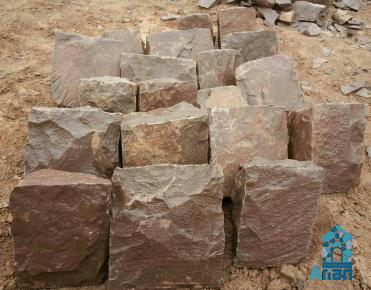 By using a combination of fine aggregates, cement, and coloring agents, cast stone manufacturers are able to create pieces that closely resemble the appearance and texture of authentic stone. This allows for the creation of intricate architectural details, such as ornate cornices, columns, balustrades, and window surrounds, that add elegance and character to any building. In addition to their visual appeal, cast stone facades offer practical benefits as well. Unlike natural stone, which can be heavy and difficult to work with, cast stone is lightweight and can be easily molded into various shapes and sizes. This makes it an ideal choice for intricate designs that would be challenging to achieve with traditional stone masonry techniques. Cast stone facades are also more cost-effective than natural stone, making them an attractive option for projects with budget constraints.
By using a combination of fine aggregates, cement, and coloring agents, cast stone manufacturers are able to create pieces that closely resemble the appearance and texture of authentic stone. This allows for the creation of intricate architectural details, such as ornate cornices, columns, balustrades, and window surrounds, that add elegance and character to any building. In addition to their visual appeal, cast stone facades offer practical benefits as well. Unlike natural stone, which can be heavy and difficult to work with, cast stone is lightweight and can be easily molded into various shapes and sizes. This makes it an ideal choice for intricate designs that would be challenging to achieve with traditional stone masonry techniques. Cast stone facades are also more cost-effective than natural stone, making them an attractive option for projects with budget constraints.
..
 Another key advantage of cast stone facades is their durability and low maintenance requirements. Unlike wood or other organic materials, cast stone is resistant to rot, decay, and insect infestations, making it a long-lasting and low-maintenance building material. With proper care and periodic cleaning, cast stone facades can retain their beauty and structural integrity for decades, providing a timeless and elegant look to any building. Furthermore, cast stone facades offer a high level of design flexibility, allowing architects and designers to create custom pieces that meet their specific needs and preferences. Whether it’s replicating a historic architectural style or designing a contemporary and sleek façade, cast stone can be customized to achieve the desired aesthetic effect. This level of customization allows for endless design possibilities and makes cast stone facades a versatile choice for a wide range of architectural styles and building types. In addition to their aesthetic and practical advantages, cast stone facades also offer environmental benefits. As a sustainable building material, cast stone has a lower carbon footprint compared to natural stone, as it requires less energy and resources to manufacture. This makes cast stone facades a more eco-friendly alternative for environmentally-conscious builders and developers who are looking to reduce their project’s impact on the environment. Overall, the use of cast stone facades in architectural design and construction offers a multitude of benefits, from their visual appeal and design flexibility to their durability and sustainability. Whether used in historic restoration projects, new residential developments, or commercial buildings, cast stone facades have proven to be a timeless and reliable choice for enhancing the beauty and longevity of any structure. With their ability to replicate the look of natural stone, provide cost-effective solutions, and offer design versatility, cast stone facades continue to be a popular choice for architects and builders seeking to create buildings that stand the test of time. Moreover, the installation process of cast stone facades is relatively straightforward, making it a practical choice for construction projects of all sizes. Cast stone units are typically manufactured offsite in a controlled environment, ensuring consistency in quality and production. Once the pieces are ready, they can be easily transported to the construction site and installed by skilled craftsmen or contractors. The lightweight nature of cast stone also simplifies the installation process, requiring fewer support structures and reducing the overall construction time and labor costs. This efficiency makes cast stone facades a popular choice for projects with tight timelines and budgets, as they offer a practical and cost-effective solution without compromising on quality or aesthetics. In terms of maintenance, cast stone facades require minimal care to preserve their appearance and structural integrity.
Another key advantage of cast stone facades is their durability and low maintenance requirements. Unlike wood or other organic materials, cast stone is resistant to rot, decay, and insect infestations, making it a long-lasting and low-maintenance building material. With proper care and periodic cleaning, cast stone facades can retain their beauty and structural integrity for decades, providing a timeless and elegant look to any building. Furthermore, cast stone facades offer a high level of design flexibility, allowing architects and designers to create custom pieces that meet their specific needs and preferences. Whether it’s replicating a historic architectural style or designing a contemporary and sleek façade, cast stone can be customized to achieve the desired aesthetic effect. This level of customization allows for endless design possibilities and makes cast stone facades a versatile choice for a wide range of architectural styles and building types. In addition to their aesthetic and practical advantages, cast stone facades also offer environmental benefits. As a sustainable building material, cast stone has a lower carbon footprint compared to natural stone, as it requires less energy and resources to manufacture. This makes cast stone facades a more eco-friendly alternative for environmentally-conscious builders and developers who are looking to reduce their project’s impact on the environment. Overall, the use of cast stone facades in architectural design and construction offers a multitude of benefits, from their visual appeal and design flexibility to their durability and sustainability. Whether used in historic restoration projects, new residential developments, or commercial buildings, cast stone facades have proven to be a timeless and reliable choice for enhancing the beauty and longevity of any structure. With their ability to replicate the look of natural stone, provide cost-effective solutions, and offer design versatility, cast stone facades continue to be a popular choice for architects and builders seeking to create buildings that stand the test of time. Moreover, the installation process of cast stone facades is relatively straightforward, making it a practical choice for construction projects of all sizes. Cast stone units are typically manufactured offsite in a controlled environment, ensuring consistency in quality and production. Once the pieces are ready, they can be easily transported to the construction site and installed by skilled craftsmen or contractors. The lightweight nature of cast stone also simplifies the installation process, requiring fewer support structures and reducing the overall construction time and labor costs. This efficiency makes cast stone facades a popular choice for projects with tight timelines and budgets, as they offer a practical and cost-effective solution without compromising on quality or aesthetics. In terms of maintenance, cast stone facades require minimal care to preserve their appearance and structural integrity.
…
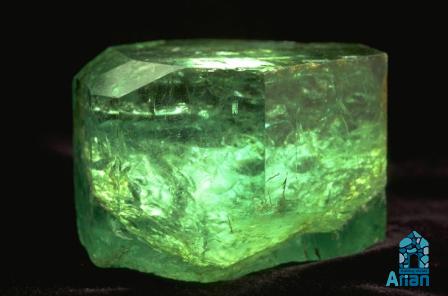 Periodic cleaning with mild detergent and water is typically all that is needed to keep cast stone facades looking their best. Additionally, any minor chips or damages can be easily repaired by professionals, ensuring that the facade remains in top condition for years to come. When it comes to design possibilities, cast stone facades offer endless opportunities for creativity and customization. From classic architectural styles to contemporary designs, cast stone can be molded and colored to achieve the desired look and feel. Whether you’re looking to replicate the intricate details of historic buildings or create a modern and sleek aesthetic, cast stone facades can be tailored to meet your specific design vision. Furthermore, cast stone facades are available in a wide range of colors, textures, and finishes, allowing for endless design possibilities to suit any architectural style. Whether you prefer a smooth and polished look or a more textured and rustic finish, cast stone can be customized to match your design preferences. This versatility in design options makes cast stone facades a versatile choice for any building project, whether residential, commercial, or institutional. In addition to their aesthetic appeal and design versatility, cast stone facades also offer excellent thermal and acoustical properties. The dense nature of cast stone provides superior insulation against heat and sound, making it an energy-efficient and comfortable building material. This can help reduce heating and cooling costs, improve indoor comfort, and create a quieter and more peaceful living or working environment. Overall, the benefits of cast stone facades make them a compelling choice for architects, builders, and homeowners looking to enhance the beauty, durability, and sustainability of their buildings. From their ability to mimic the look of natural stone to their low maintenance requirements and design flexibility, cast stone facades offer a timeless and practical solution for creating visually stunning and long-lasting structures. In conclusion, the use of cast stone facades in architectural design and construction continues to be a popular choice for a variety of reasons, including their aesthetic appeal, durability, sustainability, and design flexibility. Whether you’re looking to add a touch of elegance to your home, create a striking facade for a commercial building, or restore a historic landmark, cast stone facades offer a timeless and reliable solution that will enhance the beauty and longevity of any structure. With their ability to replicate the look of natural stone, provide cost-effective solutions, and offer design versatility, cast stone facades are a versatile and enduring choice for creating buildings that stand the test of time.
Periodic cleaning with mild detergent and water is typically all that is needed to keep cast stone facades looking their best. Additionally, any minor chips or damages can be easily repaired by professionals, ensuring that the facade remains in top condition for years to come. When it comes to design possibilities, cast stone facades offer endless opportunities for creativity and customization. From classic architectural styles to contemporary designs, cast stone can be molded and colored to achieve the desired look and feel. Whether you’re looking to replicate the intricate details of historic buildings or create a modern and sleek aesthetic, cast stone facades can be tailored to meet your specific design vision. Furthermore, cast stone facades are available in a wide range of colors, textures, and finishes, allowing for endless design possibilities to suit any architectural style. Whether you prefer a smooth and polished look or a more textured and rustic finish, cast stone can be customized to match your design preferences. This versatility in design options makes cast stone facades a versatile choice for any building project, whether residential, commercial, or institutional. In addition to their aesthetic appeal and design versatility, cast stone facades also offer excellent thermal and acoustical properties. The dense nature of cast stone provides superior insulation against heat and sound, making it an energy-efficient and comfortable building material. This can help reduce heating and cooling costs, improve indoor comfort, and create a quieter and more peaceful living or working environment. Overall, the benefits of cast stone facades make them a compelling choice for architects, builders, and homeowners looking to enhance the beauty, durability, and sustainability of their buildings. From their ability to mimic the look of natural stone to their low maintenance requirements and design flexibility, cast stone facades offer a timeless and practical solution for creating visually stunning and long-lasting structures. In conclusion, the use of cast stone facades in architectural design and construction continues to be a popular choice for a variety of reasons, including their aesthetic appeal, durability, sustainability, and design flexibility. Whether you’re looking to add a touch of elegance to your home, create a striking facade for a commercial building, or restore a historic landmark, cast stone facades offer a timeless and reliable solution that will enhance the beauty and longevity of any structure. With their ability to replicate the look of natural stone, provide cost-effective solutions, and offer design versatility, cast stone facades are a versatile and enduring choice for creating buildings that stand the test of time.
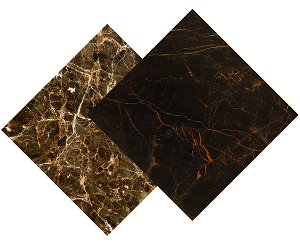



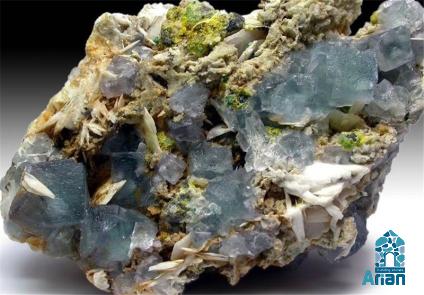
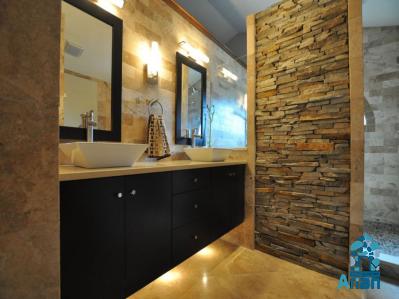
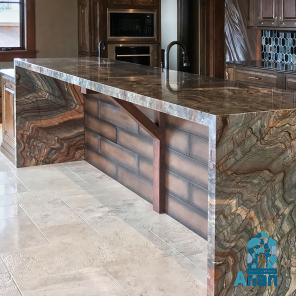
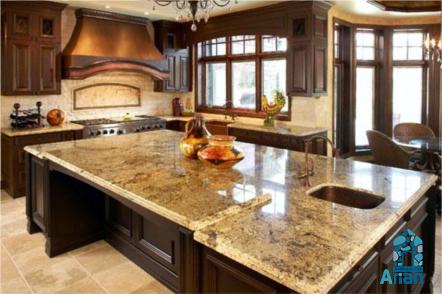



Your comment submitted.